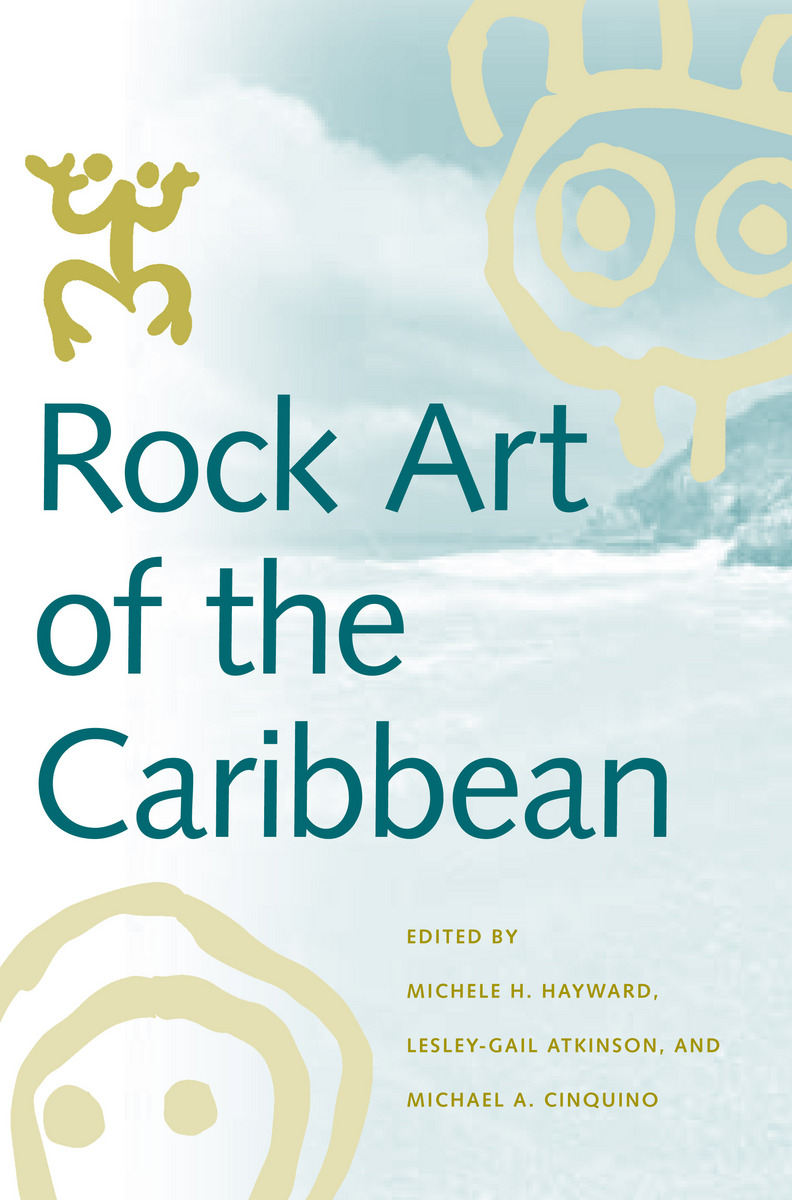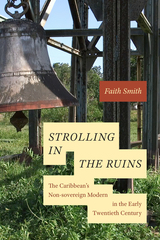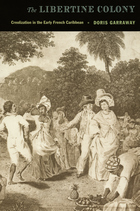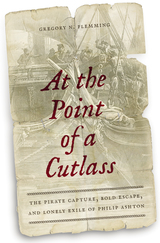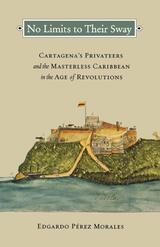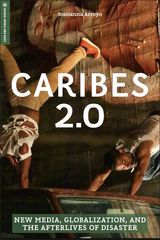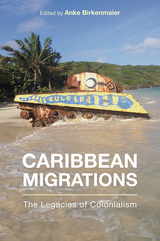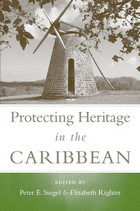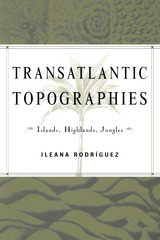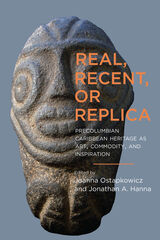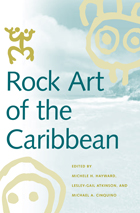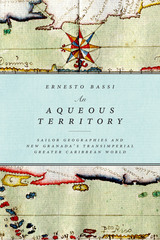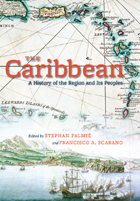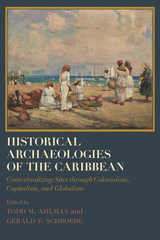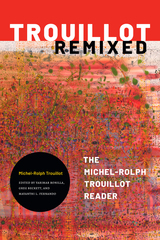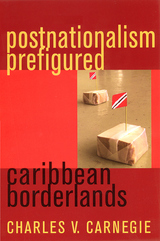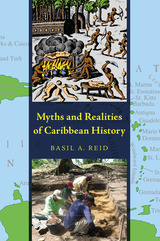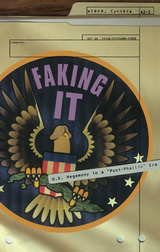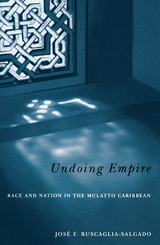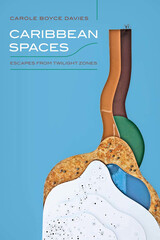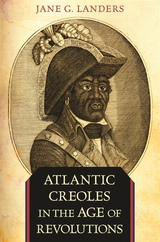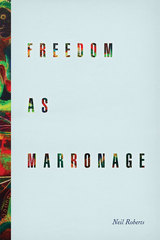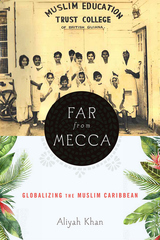Rock Art of the Caribbean
University of Alabama Press, 2009
Cloth: 978-0-8173-1650-1 | Paper: 978-0-8173-5530-2 | eISBN: 978-0-8173-8159-2
Library of Congress Classification F2172.R63 2009
Dewey Decimal Classification 759.011309729
Cloth: 978-0-8173-1650-1 | Paper: 978-0-8173-5530-2 | eISBN: 978-0-8173-8159-2
Library of Congress Classification F2172.R63 2009
Dewey Decimal Classification 759.011309729
ABOUT THIS BOOK | AUTHOR BIOGRAPHY | REVIEWS | TOC
ABOUT THIS BOOK
This compilation, by an international grouping of scholars, focuses on the nature of Caribbean rock art or rock graphics and makes clear the region's substantial and distinctive rock art tradition. Thorough and comparative, it includes data on the history of rock graphic research, the nature of the assemblages (image numbers, types, locations), and the legal, conservation, and research status of the image sites. Chapters on these topics cover research on the islands of Cuba, Haiti, Dominican Republic, the Bahamas, Jamaica, Puerto Rico, U.S. Virgin Islands, Guadeloupe, Aruba, and Bonaire. The prehispanic rock art and other ceremonial structures and artifacts, along with enthnohistorical accounts of the region at Contact, projected backward in time, all point to an active ritual and ceremonial life involving commoners, religious specialists, and elites in differing and interconnected roles and for diverse purposes. The selective use of common rock graphic design and physical elements can be seen in the distribution and execution of the carved and painted images. Pecked, ground, abraded, and scratched petroglyphs, along with pictographs done frequently in red, black, white and orange hues are found on a range of rock surfaces including limestones, granites, diorites, and andesites. Caves/rock shelters and rock formations associated with water sources (water ways, pools, ocean) account for the two most common locations, followed by ball court sites, inland rock outcroppings and beach rock.
In addition to specific area presentations, the work includes a review of recent advances in Caribbean rock graphic studies including dating and interpretative models; the application of a new documentation method and resulting computer manipulation advantages; a conservation project in Jamaica that has implications for the preservation and interpretation of the site; and a proposed dating sequence for the Lesser Antillean
Windward Islands.
See other books on: Caribbean | Caribbean Area | Conservation and restoration | Petroglyphs | Rock paintings
See other titles from University of Alabama Press
